1962 Pontiac Catalina
Words Kyle Cassidy | Photos Tom Gasnier
There’s something about a proper Yank tank, the excess of metal and chrome propelled by an abundance of unstressed cubic inches. And to my eyes at least, those from the sixties hold most appeal. The obsession with fins had subsided and the curvy, blobby body shapes of the fifties had become squarer, lower, wider. Still, they were dripping in adornments and an overdose of chrome. The early sixties is the era from which our feature subject hails, this a 1962 Pontiac Catalina.
Hay algo en un tanque Yank adecuado, el exceso de metal y cromo impulsado por una gran cantidad de pulgadas cúbicas sin estrés. Y al menos a mis ojos, los de los años sesenta son los más atractivos. La obsesión por las aletas había disminuido y las formas del cuerpo curvilíneas y abultadas de los años cincuenta se habían vuelto más cuadradas, más bajas y más anchas. Aún así, estaban goteando adornos y una sobredosis de cromo. Principios de los años sesenta es la era de la que proviene nuestro tema principal, este es un Pontiac Catalina de 1962.
-----------------
GM’s now departed Pontiac brand first used the Catalina name to denote the top trim level of the Chieftain and Star Chief hardtops but from
1959 it became a stand-alone model, one that was devised
as an entry-level variant for GM’s full-size line-up. At the time,
the General also offered the Chevrolet Impala,
Buick LeSabre and Olds 88.
La ahora desaparecida marca Pontiac de GM usó por primera
vez el nombre Catalina para indicar el nivel de acabado superior
de los techos rígidos Chieftain y Star Chief, pero a partir de 1959
se convirtió en un modelo independiente, que fue diseñado como
una variante de nivel de entrada para la línea de tamaño completo
de GM. -arriba. En ese momento, el General también ofreció
el Chevrolet Impala, Buick LeSabre y Olds 88.
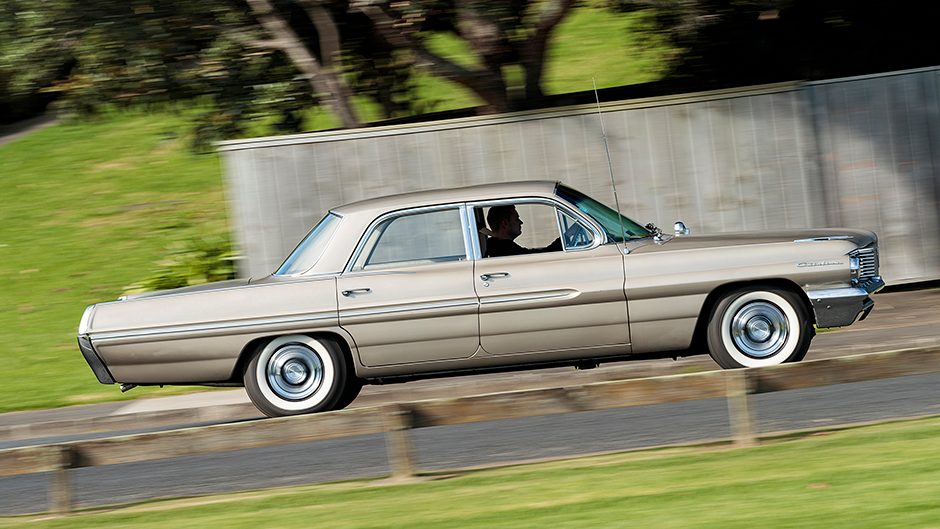
During that decade, the Catalina was outsold by the Ford Galaxie
and Chevrolet’s Impala in the full-size segment but its value
put it ahead of the rest on the US market at the time. The Catalina
sat on GM’s B body, which also underpinned those aforementioned
models. This full-frame chassis debuted in 1926 and was used
by GM for 70 years. It would be re-engineered more than
a dozen times, with many minor alterations along the way
as it was used for all manner of sedans, wagons,
coupes and convertibles.
Durante esa década, el Ford Galaxie y el Impala de Chevrolet
superaron en ventas al Catalina en el segmento de tamaño completo,
pero su valor lo colocó por delante del resto en el mercado
estadounidense en ese momento. El Catalina se sentó en el
cuerpo B de GM, que también apuntaló los modelos antes
mencionados. Este chasis de cuadro completo debutó en 1926
y fue utilizado por GM durante 70 años. Sería rediseñado más
de una docena de veces, con muchas modificaciones menores
en el camino, ya que se usó para todo tipo de sedanes,
camionetas, cupés y convertibles.
The grandaddy of a chassis was finally retired in 1996 when
GM declared it was going front drive, killing off the classic
body-on-frame, rear-drive American template for its cars.
Over its career, the B underpinned some 13 million vehicles.
It’s these full chassis underpinnings that allowed Pontiac to offer
a number of different body styles for the Catalina, which
could be had as a two- or four-door hardtop, a convertible,
pillared two- and four-door sedans and a wagon. Common
for the time, the Catalina’s styling would morph yearly.
Common for the time, the Catalina’s styling would morph yearly.
And we’re not talking revised lights and bumpers, but significant
body style changes. The ’59 model still had reasonable fins
on its rear deck, while in 1960 these were scaled right back,
and the grille, which previously had been split in two,
now went full width.
El abuelo de un chasis finalmente se retiró en 1996 cuando
GM declaró que iba a ser de tracción delantera, acabando
con la clásica plantilla americana de carrocería sobre bastidor
y tracción trasera para sus coches. A lo largo de su carrera,
el B apoyó a unos 13 millones de vehículos. Son estos fundamentos
de chasis completos los que permitieron a Pontiac ofrecer
una serie de estilos de carrocería diferentes para el Catalina,
que se podía tener como un techo rígido de dos o cuatro puertas,
un convertible, un sedán de dos y cuatro puertas con pilares
y una camioneta. Común para la época, el estilo de Catalina
cambiaría cada año.
Común para la época, el estilo de Catalina cambiaría cada año.
Y no estamos hablando de luces y parachoques revisados, sino
de cambios significativos en el estilo de la carrocería.
El modelo '59 todavía tenía aletas razonables en su cubierta trasera,
mientras que en 1960 se redujeron y la parrilla, que anteriormente
se había dividido en dos, ahora se extendía por todo el ancho.
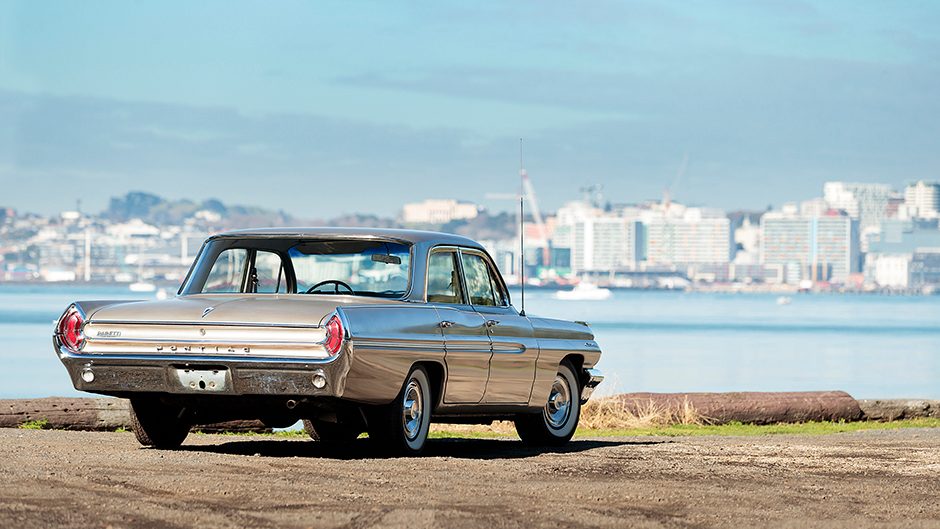
This new Catalina featured a wider body than Pontiac’s big cars
that preceded it as the chassis had an extra 130mm of girth.
This also moved the wheels out from under the bodywork
to give it a more planted look. Pontiac marketed it as ‘Wide Track’
to emphasise the improved handling and stability of its new model.
Come 1961 and Pontiac altered the chassis yet again, a so-called
‘Torque-Box’ perimeter frame being used which gave more
interior space, even though the wheelbase and overall length
had shrunk by around 80mm.
In 1962, those dimensions would grow once again by 25mm,
and the body panels underwent another change. But with
very little foreign influence in the US market, GM, Ford
and Chrysler could afford to retool every year as these
12-monthly restyles were the done thing to keep customers
coming back for more. Catalina buyers had a range of V8 options
to choose from, though essentially there was one 389 cubic inch
V8 offered with various outputs.
Esta nueva Catalina presentaba una carrocería más ancha
que los autos grandes de Pontiac que la precedieron, ya que
el chasis tenía 130 mm adicionales de circunferencia. Esto también
sacó las ruedas de debajo de la carrocería para darle un aspecto
más plantado. Pontiac lo comercializó como 'Wide Track' para
enfatizar el manejo y la estabilidad mejorados de su nuevo modelo.
En 1961, Pontiac alteró el chasis una vez más, se utilizó
un marco perimetral llamado "Torque-Box" que dio más espacio
interior, a pesar de que la distancia entre ejes y la longitud total
se habían reducido en alrededor de 80 mm.
En 1962, esas dimensiones volverían a crecer en 25 mm
y los paneles de la carrocería sufrieron otro cambio. Pero con
muy poca influencia extranjera en el mercado de los EE. UU.,
GM, Ford y Chrysler podían darse el lujo de renovar todos
los años, ya que estos cambios de estilo cada 12 meses eran
lo que se hacía para que los clientes volvieran por más.
Los compradores de Catalina tenían una gama de opciones
de V8 para elegir, aunque esencialmente se ofrecía
un V8 de 389 pulgadas cúbicas con varias salidas.
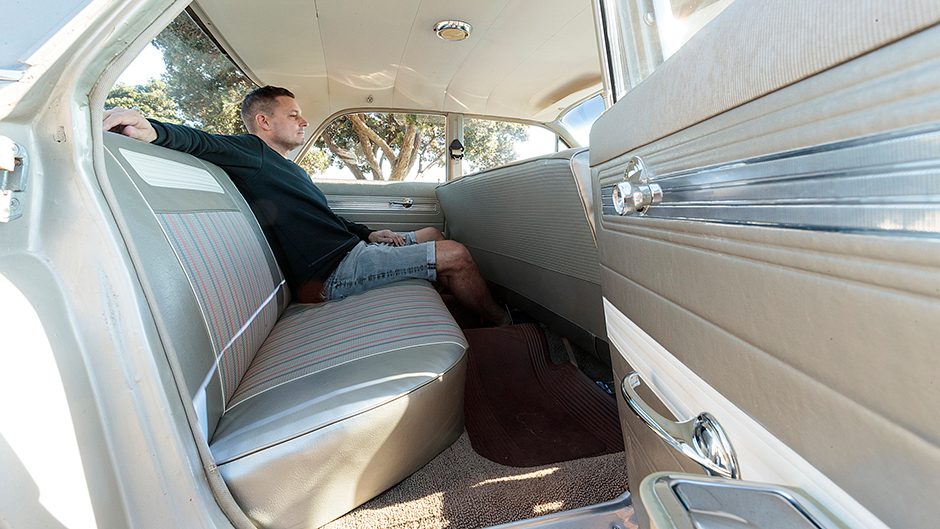
Originally known as the Tempest V8, it was renamed Trophy in ‘61. Standard was a low compression version with twin carbs sucking in regular gas to make 175kW, and mated to a three-speed manual. Opting for the auto, a four-speeder at that, gained you a higher compression V8 churning out 210kW but requiring premium gas. Pontiac also offered an Economy V8, pairing the auto option with the low compression donk.
High horsepower options included a 225kW variant thanks to a four-barrel carb set-up, while the Tri-Power option, the name given to a trio of twin-barrel carbs, could net between 257kW and 271kw from the V8. In a slightly baffling move, a three-speed auto replaced the four-speed Hydramatic in 1961. It was a smaller, lighter unit, and probably cheaper too knowing GM’s penny-pinching mantra. Also around that time, a four-speed floor change manual could be had with the higher output engines.
The Catalinas that fetch the most coin today are those ultra-rarities that were fitted with the 421 cubic inch Super Duty V8. Available in ‘61 and ‘62, this was a motorsport engine intended for stock and drag racing duty. These hand-built eights developed as much as 460 horses thanks to twin 500-cfm four-barrel carbs sitting on an aluminum intake manifold. The big donk had four-bolt mains, forged rods and crank, solid lifters, and competition heads.
Resultados de traducción
Resultado de traducción
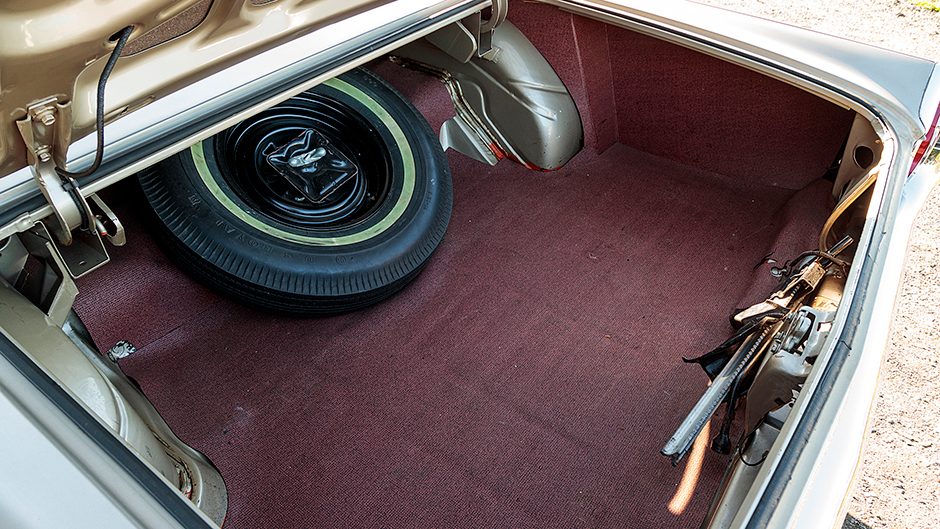
It was only available with a three- or four-speed manual and it could help the Catalina cut a quarter in 12 seconds. For serious speed, lightweight body panels were also an option, and Pontiac even sold aluminium headers for drag racing duties.
These saved yet more weight but could only handle short drag strip bursts as anything more would cause them to melt!
The big engine was originally sold as a dealer-fit option and retrofitted by race teams, but the option cost was more than the actual price of the Catalina at the time.
While the 421 is an angry beast, the 389 in this four-door sedan purrs kitten-like. It’s a smooth runner, as are the changes of the three-speed auto, the gear swaps all but undetectable. We found this on the yard at Bunce Motors in Auckland, recently complied, warranted and ready to go for $37,990. The odo has 35,000 miles on it but she’s probably gone around the clock at least once.
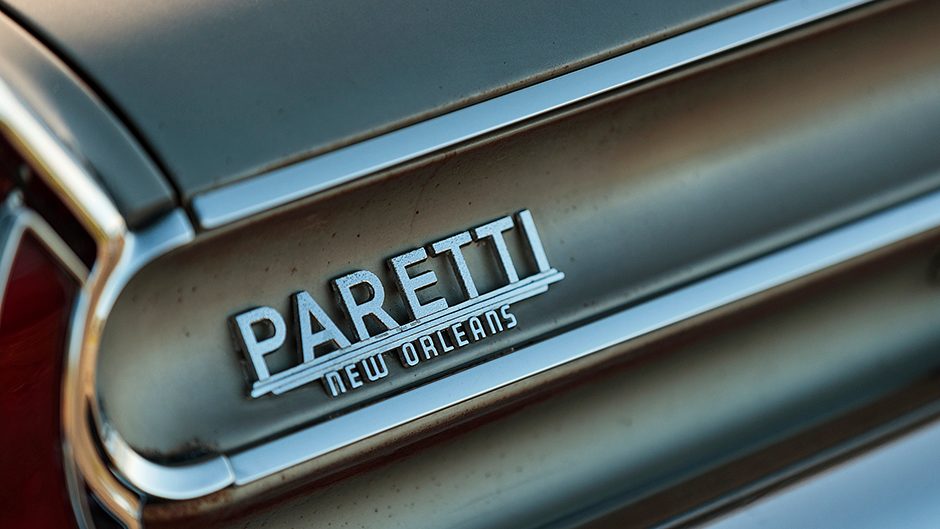
It’s what you’d call a survivor, with most of it looking fairly original. Bunce Motors has fitted retractable seat belts up front, done the brakes and replaced the shockers and tyres to pass compliance. Some of the rubbers are looking 60 years old, there’s a bit of surface rust about the place, but the chrome is in good condition and all the hard work has been done here, with no pitfalls to discover by importing one yourself. The suspension is tuned for maximum waft, riding nicely for a body-on-frame machine. Its steering is powered, ultra light and suitably slow at four turns lock-to-lock.
The brakes, via four wheel drums are powered too. This is full size by any measure, two metres wide and 5.4m long, and comes with a gigantic turning circle to suit. But it’s a genuine six seater with ample interior lounging room and boot space to burn. As the Catalina was a base model of sorts, there are no messy electrics to worry about and the heater blows warm air.
This has its original ownership papers. It was sold to Peter Bandak in September 1962 by Paretti Pontiac in New Orleans while the sales docket shows its suggested retail was $2796. It also lists the fitted options which include the radio ($88), dual speed wipers ($4), custom cushion foam ($10), back-up lamps ($14), custom steering wheel ($14), a cover for the spare wheel ($2) and anti-freeze ($4). It shows the auto trans was $231 while four ply tyres were $40.
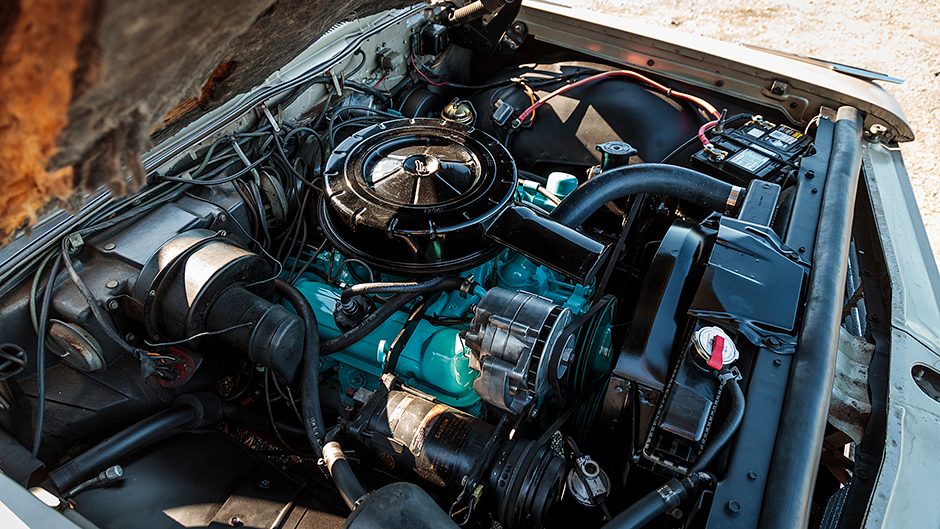
We think we’ll leave the final word to Pontiac’s mad men who came up with this winning pitch, which is printed in the hand book. “Pontiac 1962, made for admiring and inspiring driving with sleek lines and luxury appointments of this longer and lower Pontiac.
“From its distinctive twin scoop grille to its crescent taillights, Pontiac surrounds you in fresh beauty you can measure in quality. Beauty comes to life behind Pontiac’s new high voltage Trophy V8.
“You’ll travel in new comfort and quietness because of the way this new Pontiac is built and balanced.”


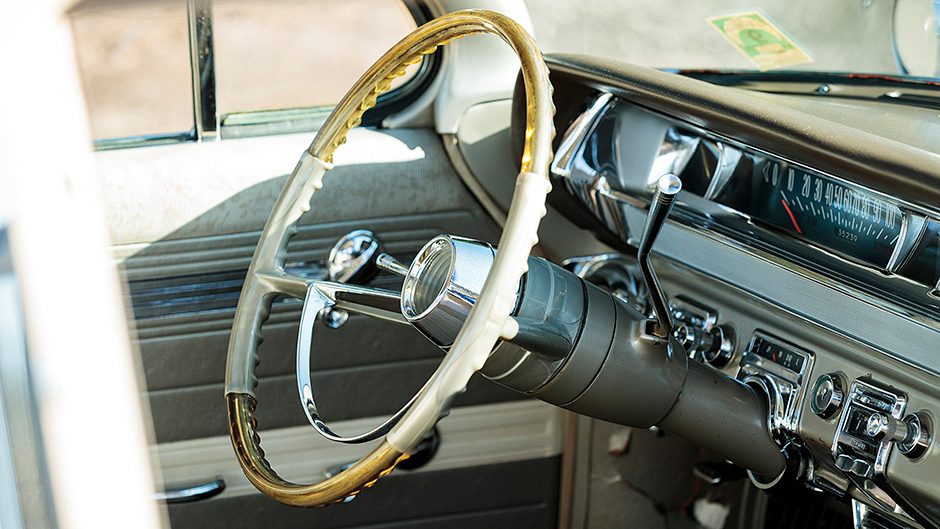
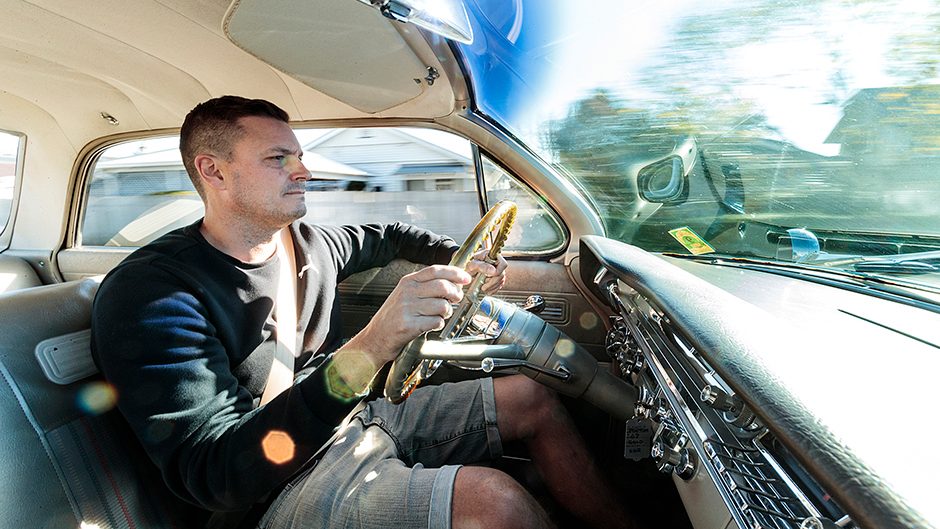
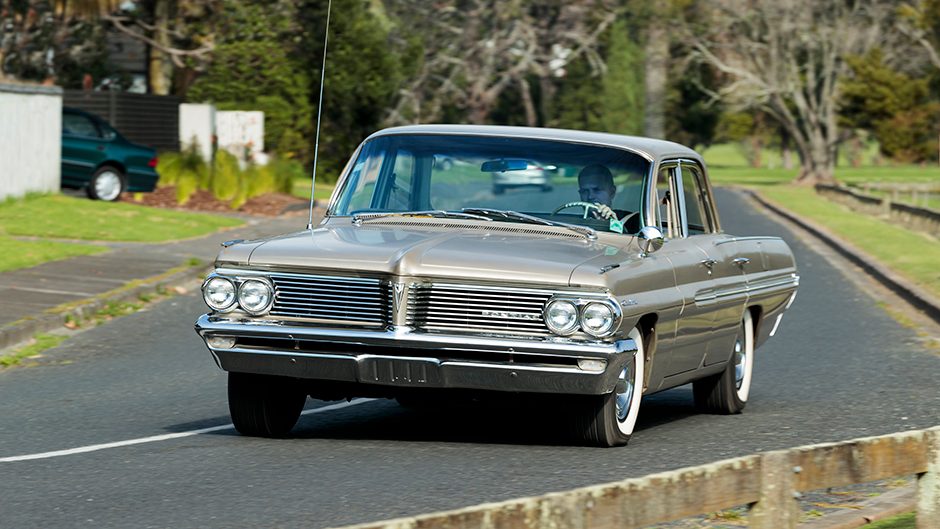
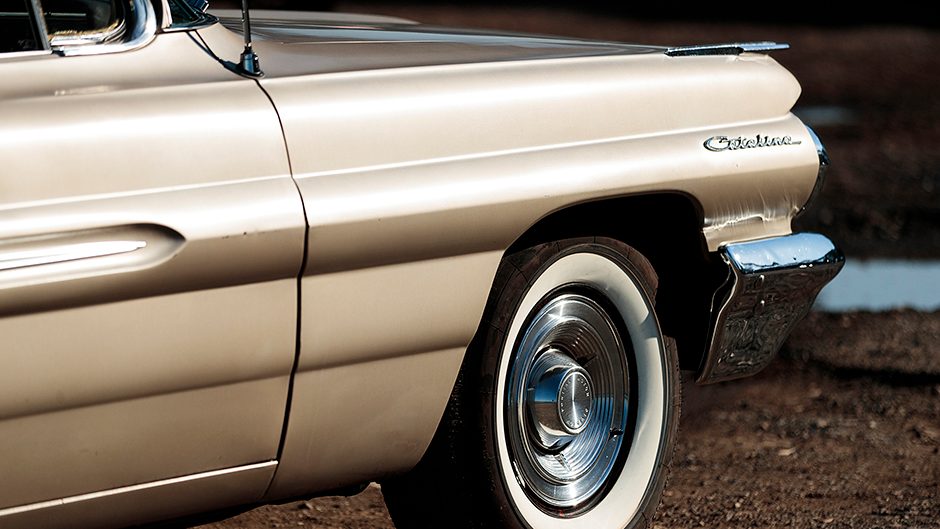
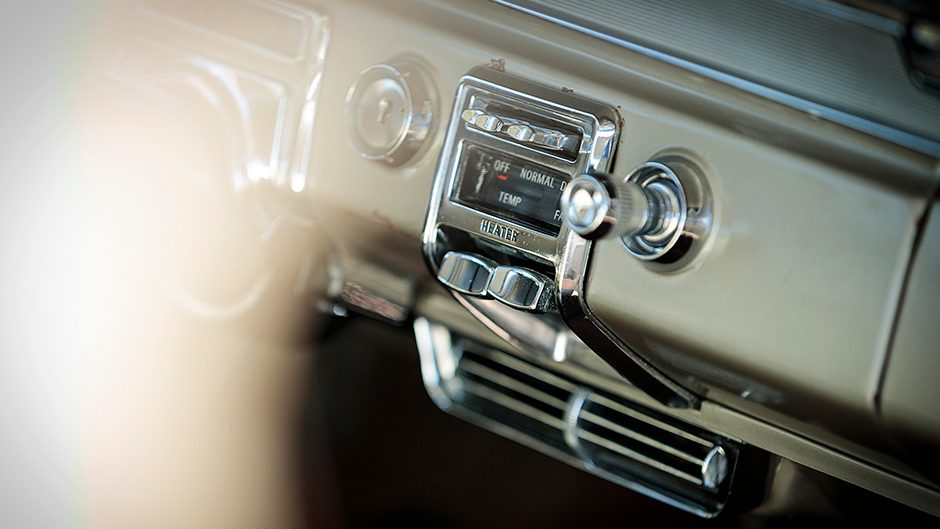
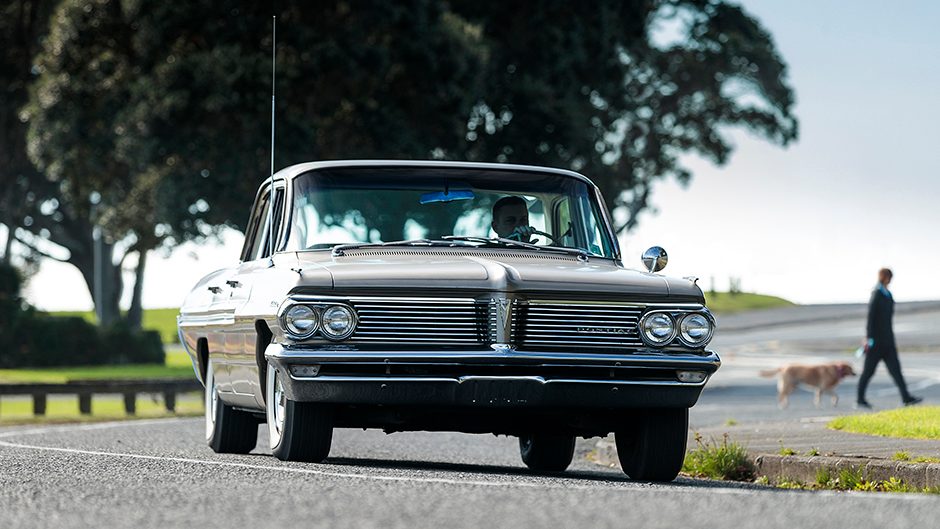
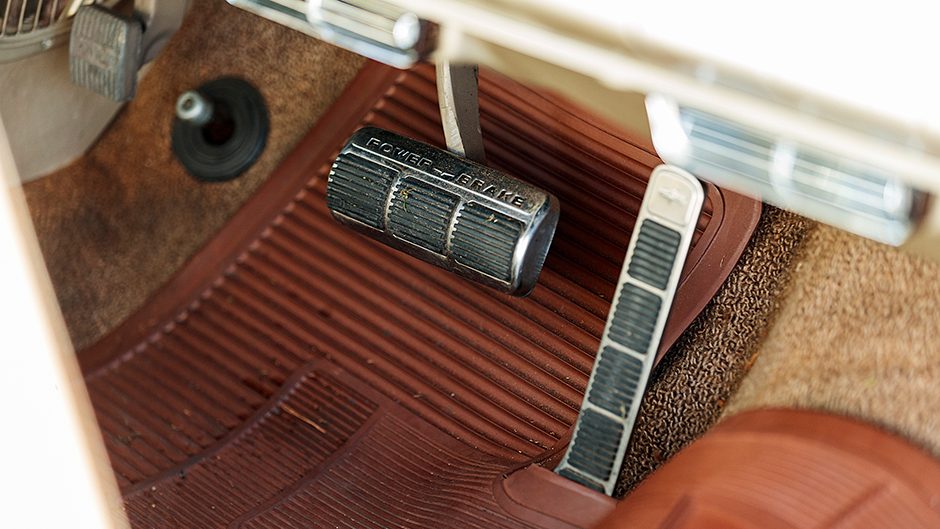
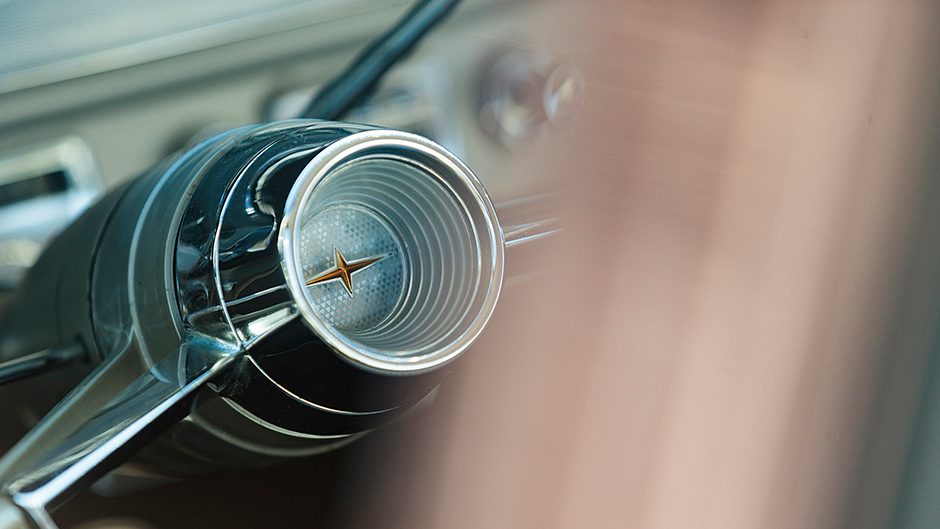
No hay comentarios:
Publicar un comentario
Comentate algo, no seas amarrrrgo... y si comentás, no nos amargués :D